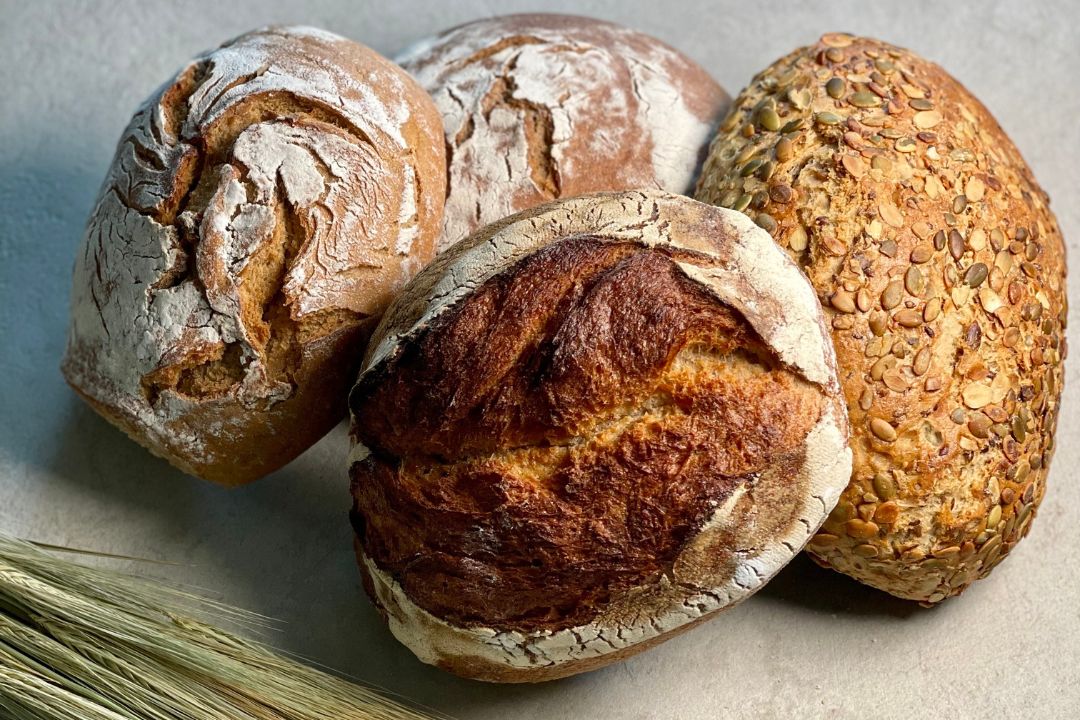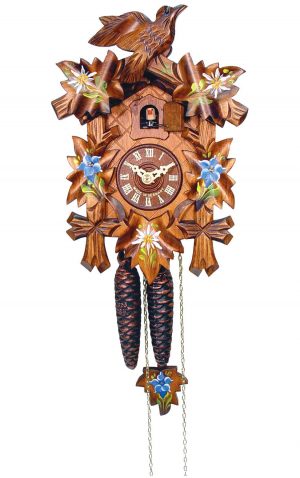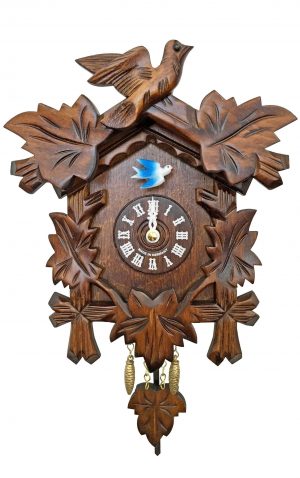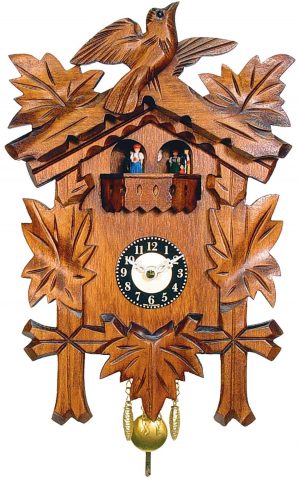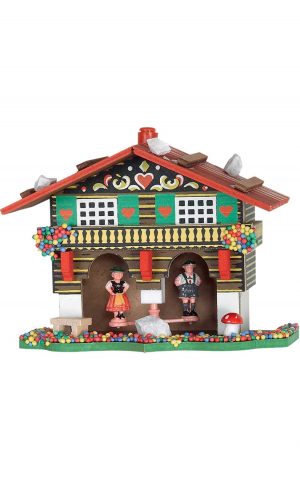It is interesting to know that the first American Mardi Gras took place in Mobile, Alabama in 1703, and was brought to New Orleans close to the time New Orleans was founded in 1718. By the early 1800s, Krewes were established. These are private non-profit social clubs that take responsibility for funding and organizing all official celebrations for the New Orleans Mardi Gras.
These Krewes still exist today and they have their own traditions; however, each Krewe must host a parade with floats as well as a ball. It is their first priority as a group. The Krewe of Rex is probably the oldest Krewe that was funded by the wealthy people of New Orleans. (Rex is Latin for King), so naturally there is a King of New Orleans Mardi Gras, whose main purpose is to be the center of the carnival.



A fun tradition of the Mardi Gras is the King Cake. These cakes are topped in green, purple and gold frosting and inside the cake is a small plastic baby. Whoever gets the baby in their piece of cake is expected to host the next Mardi Gras party. There are more than 500,000 of these cakes sold in New Orleans and at least 50,000 are shipped to other places in the US.
Why are these 3 colors present in most things Mardi Gras? The color green represents faith; the gold is a symbol of power, and the purple is symbolic of justice. The choice was made by the Rex Krewe in 1872 to honor the Russian Grand Duke Alexei Alexandrovich Romanov. He came to New Orleans to celebrate Carnival, and he required those colors to be displayed.
More than a hundred Carnival Balls are held throughout Mardi Gras. Some are private-invitation only, and some are open to the public. They are all colorful and fun-filled. Most people wear costumes, but a mask is expected and is also required for all float riders.


